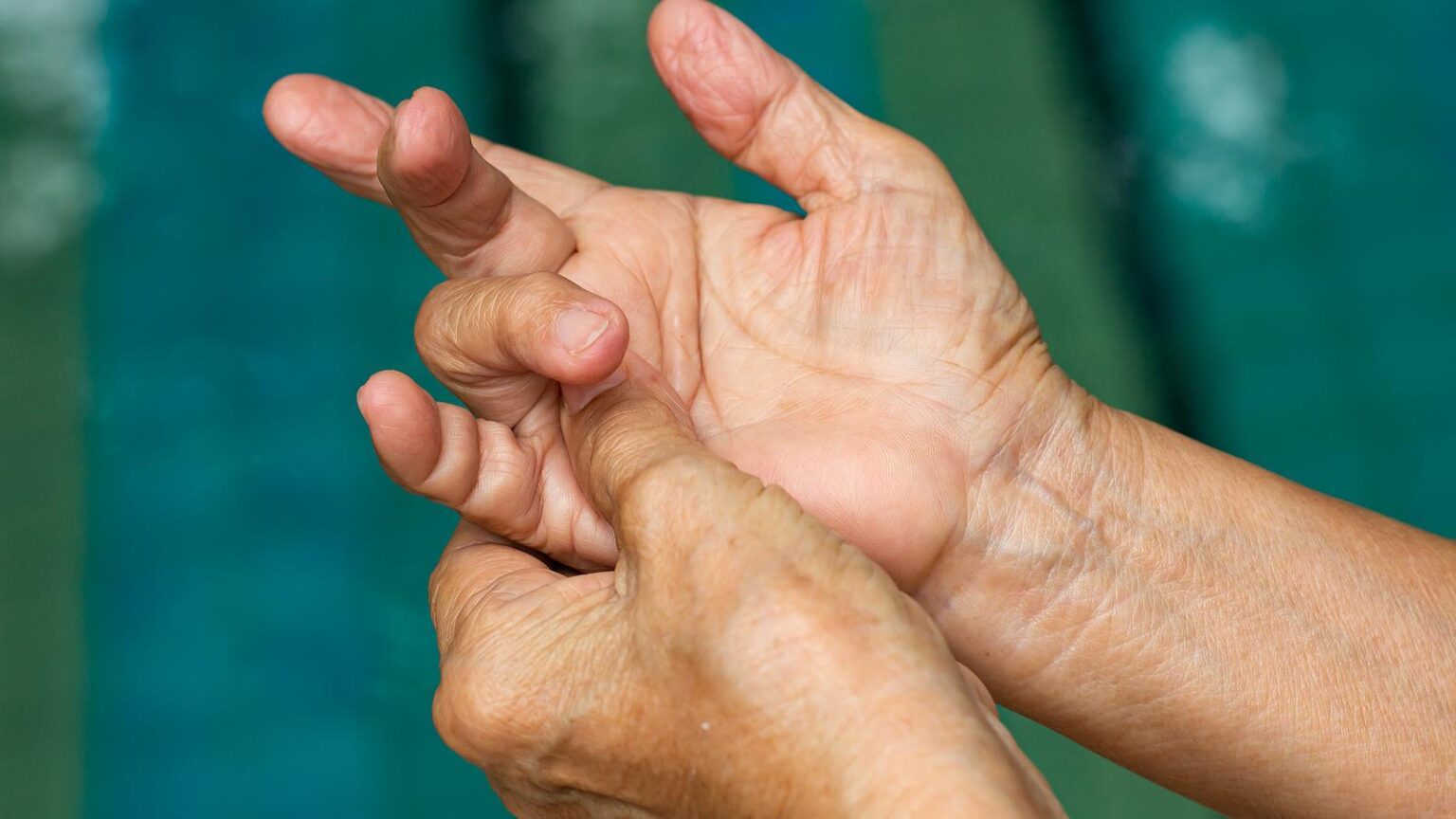
PIP Joint Contracture is a condition that affects the proximal interphalangeal (PIP) joints in the fingers, leading to stiffness and reduced range of motion. It can significantly impact daily activities, making simple tasks like gripping or typing difficult. In this article, we will delve into the causes, symptoms, and treatment options available for PIP Joint Contracture to help you better understand and manage this condition.
What is PIP Joint Contracture?
PIP Joint Contracture occurs when the soft tissues, such as ligaments and tendons surrounding the PIP joint, become tight or scarred, restricting the joint’s movement. This condition is commonly associated with injuries, chronic conditions like arthritis, or post-surgical complications. The inability to fully extend or flex the finger can lead to functional limitations and discomfort.
Common Causes of PIP Joint Contracture
Several factors can contribute to the development of PIP Joint Contracture, including:
Trauma or Injury: Direct injuries to the fingers, such as fractures or dislocations, can result in scar tissue formation around the PIP joint, leading to stiffness.
Arthritis: Osteoarthritis and rheumatoid arthritis can cause inflammation and joint damage, contributing to contracture.
Dupuytren’s Contracture: This condition, characterized by thickened tissue in the palm, can also affect the PIP joint.
Immobilization: Prolonged immobilization of the fingers due to casting or splinting can lead to joint stiffness.
Surgical Scarring: Post-surgical complications involving the hands can sometimes result in restricted joint movement.
Recognizing the Symptoms of PIP Joint Contracture
The symptoms of PIP Joint Contracture can vary based on the severity of the condition. Common signs include:
Reduced Range of Motion: Difficulty bending or straightening the affected finger.
Stiffness: Persistent stiffness that worsens over time.
Pain or Discomfort: Mild to severe pain during finger movement.
Functional Impairment: Challenges in performing tasks that require finger dexterity, such as typing or gripping objects.
Diagnosis of PIP Joint Contracture
A thorough physical examination by a healthcare professional is essential for diagnosing PIP Joint Contracture. In addition to assessing range of motion, imaging tests like X-rays or MRI may be used to identify underlying joint damage or scar tissue.
Treatment Options for PIP Joint Contracture
The treatment of PIP Joint Contracture aims to restore joint mobility, reduce discomfort, and improve overall hand function. Options include:
1. Physical Therapy and Stretching
Targeted exercises and stretching routines can help improve flexibility and range of motion. A certified hand therapist may guide you in performing these exercises effectively.
2. Splinting
Dynamic or static splints are often used to gradually stretch the contracted joint and maintain alignment.
3. Medications
Anti-inflammatory medications can reduce swelling and pain associated with PIP Joint Contracture.
4. Injections
Corticosteroid injections can help alleviate inflammation and improve mobility in some cases.
5. Surgical Intervention
In severe cases, surgical release of the contracture may be necessary to restore functionality. Procedures like capsulotomy or tenolysis are commonly performed.
Managing PIP Joint Contracture with Digit Widget
Innovative tools like the Digit Widget can be invaluable in managing PIP Joint Contracture. The Digit Widget is designed to help individuals regain mobility by applying controlled tension to the affected joint. It is particularly effective when used as part of a comprehensive rehabilitation plan.
Preventing PIP Joint Contracture
While not all cases of PIP Joint Contracture can be prevented, certain measures can reduce the risk:
Prompt Treatment of Injuries: Address finger injuries immediately to minimize scar tissue formation.
Regular Hand Exercises: Incorporate stretching and strengthening exercises into your routine to maintain joint flexibility.
Follow Post-Surgical Guidelines: Adhere to rehabilitation protocols after hand surgeries to prevent complications.
PIP Joint Contracture can be a challenging condition, but with early diagnosis and appropriate treatment, it is possible to restore functionality and improve quality of life. Whether through physical therapy, innovative tools like the Digit Widget, or surgical options, there are solutions available to address this condition effectively. If you suspect you have PIP Joint Contracture, consult a healthcare professional for a tailored treatment plan.
 Living With Healthy Hunger Health Blog
Living With Healthy Hunger Health Blog

